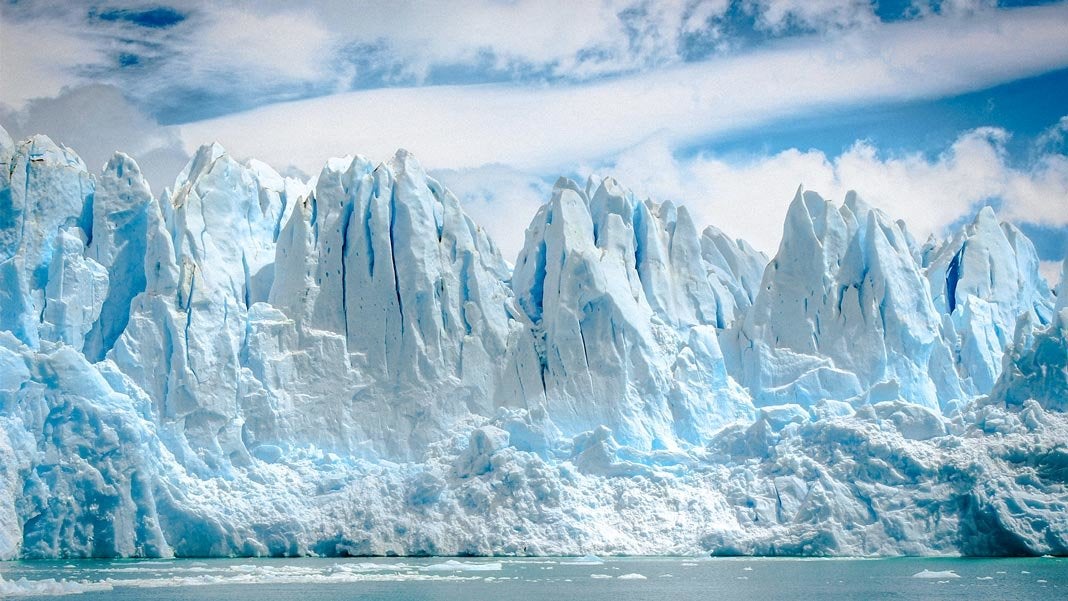Build a Wall? A Wild Geoengineering Idea to Save the Glaciers
...Faced with this grim, slow-moving catastrophe, some scientists are questioning whether we might consider radical action to save the Antarctic glaciers: a kind of targeted geoengineering that might slow down or even prevent this ice sheet from melting, buying time for humanity to adapt its coastal settlements to a world with a few meters of sea level rise.
One way you might seek to do this is fairly intuitive: build a wall, a large underwater barrier that prevents warm water from melting and undermining the base of the glacier. In simulations conducted by Dr Mike Wolovick and Professor John Moore, building such a barrier was able to preserve the Thwaites glacier even after the marine ice sheet instability had been triggered and the glacier had begun to collapse. Even smaller interventions, such as providing a sill or a few isolated “pinning points” of rock for the glacier to reground itself on, had a 30 percent chance of saving the glacier once the marine ice sheet instability had already begun.
Of course, it’s comparatively easy to simulate what might happen if you built a gigantic wall across the mouth of a glacier; the actual engineering project is a much more difficult undertaking. Antarctica is not an ideal environment for large-scale building projects, although research stations on the desert continent are increasingly impressive. Blocking water flow to the Thwaites glacier could require a wall 120km long, with a depth of 600 meters: by comparison, the One World Trade Center building is 540m tall, and Hadrian’s Wall between Scotland and England is around 120km long. If such a glacier stabilization project were ever pursued, it would easily be the largest engineering project humans have ever conducted.

No comments:
Post a Comment